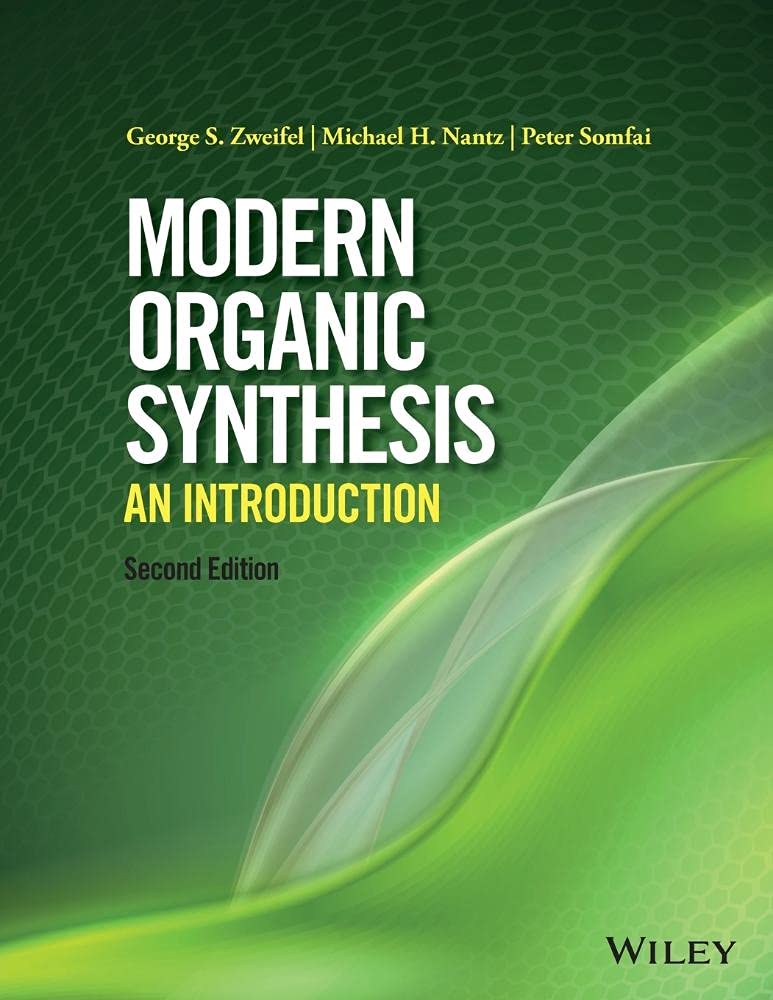

Full description not available
T**S
A nice text, but leaves something to be desired.
This text is a good compendium of useful methods for a graduate student and a moderately good reference for the professional. In terms of content, it lies heavily to the synthetic end of things (on the spectrum between synthetic and physical organic chemistry), although accepted mechanisms are often shown. Furthermore, it has a distinctly classical complex-molecule total synthesis approach to it (e.g., hydroboration and enolate chemistry are given much attention), while reactions of relevance to med chem (the Buchwald-Hartwig reaction and Chan-Lam coupling, for example) are ignored, despite the recent date of publication of this edition. Although most (if not all) organic chemists have a distinct admiration for the heroic age of total synthesis, the utility of organic synthesis has expanded beyond this to the discovery of new drugs and materials, and it does the student a great disservice to omit these important topics. Furthermore, there are some disconcerting typos. For instance, PH3 is listed as a common ligand for Pd-catalyzed reactions. The first edition lists PMe3. In any case, PH3 is never used, and PMe3 is rare (at least in contemporary chemistry). Thus, my first impression is that this text is in need of someone whose expertise lies in organometallic chemistry. Also the byproduct of OsO4 dihydroxylation is listed as OsO2, which is incorrect, as a quick oxidation state inventory will indicate.Overall, the text is modernized. However, the topics included are somewhat questionable, and tend to the fashionable rather than bread-and-butter reactions that students should know about. (Au chemistry, for instance. I am not prejudiced since a substantial amount of my PhD work was in that field!) Thus, I'm not sure this text constitutes an improvement over the previous edition, though it is still a good potential textbook for a graduate-level organic reactions class. The references are well done and will serve as a excellent starting point for further reading.
C**R
It's alright
It ain't Greenes
A**R
Student's perspective
I am writing this review from a student's perspective as all the reviews so far seem to be from academic faculty. I want to start by talking about the format of the book. I would appreciate if the book opened with basic review from undergraduate organic instead of synthetic methods. Maybe, nomenclature, solvent systems, reaction conditions/ mechanisms (for addition, substitution, and elimination reactions). There is a lack of flow in between the chapters, nor is there good closure... it literally ends with a reaction. I am also not sure why chapter 4 and 5 have the same exact title. I find it very boring to read (this is coming from an organic chemistry fanboy). There is no color, no images, etc. (this is not very important but would be appreciated). A big turnoff is the lack of some mechanisms and practice problems. My professor assigns problem sets to tackle this problem, but for some questions I find myself looking at alternative sources to find an explanation that should be in the book. For example, oxidation using DMP or IBX, the mechanism is missing so it is difficult to understand why a certain product is favorable. I find it surprising that there is no mention of analytical instruments. I was really looking forward to learn more than just 1H and 13C NMR that undergraduate organic chemistry introduces. For example, HMQC, HMBC, NOSEY, COSY, and other common analytical instruments/techniques that organic chemists use. I do appreciate the references at the end of each chapter and the variety of reagents to achieve a product, but overall this book is just lacking the qualities for an intermediate level of organic chemistry. Now, this is not to say that the book is useless or bad, I would just not recommend it for a graduate level course. It would be more useful for a beginner organic chemists that wants to expand their knowledge of organic synthesis, but not for graduate students expanding their knowledge from undergraduate organic chemistry.
A**M
I considered this book an excellent for class but not this edition
If you have the 1st edition, Keep it!!. Sadly this 2nd ed. is a brief update of some topics not included on the first edition. End of chapter problems were completely removed. I considered this book an excellent for class but not this edition,
S**B
worse 2nd edition
I had been using the 1st edition of this book for my introductory organic synthesis class for graduate students. I liked the coverage of material, not too much but not leaving out too much either. I also really liked the problems at the end of each chapter. While one could quibble with some of the questions they were incredibly valuable as a start to in class discussions. This fall I asked the students to come to class with problems that they were having issues with. They told me that there were no end of chapter problems. I guess it back to a search for a new book for my class. This is a disappointing update to what was an excellent book
Trustpilot
3 weeks ago
2 weeks ago